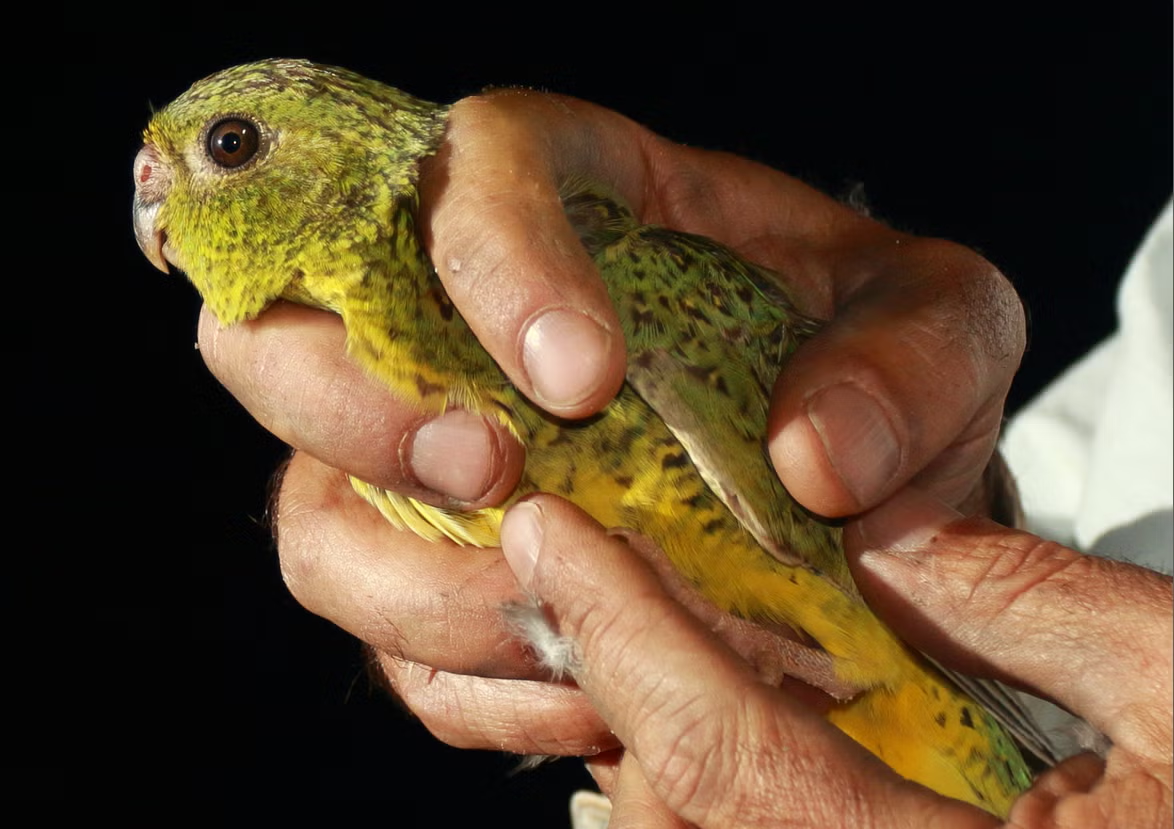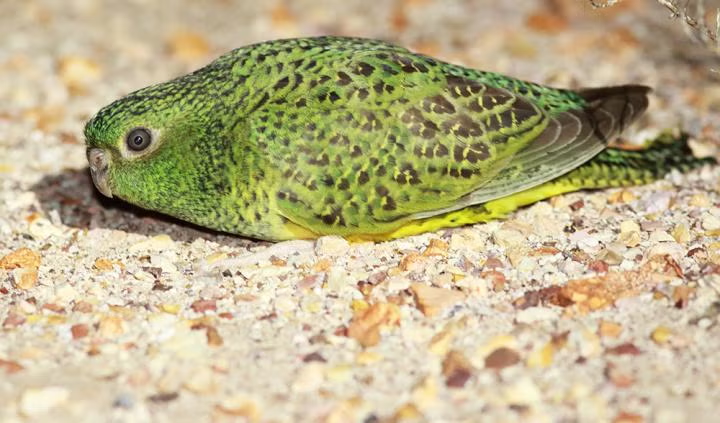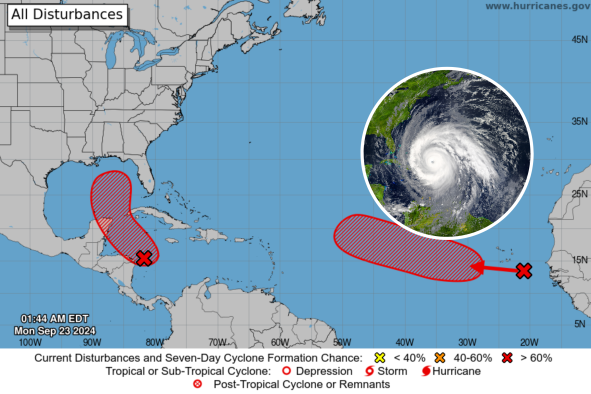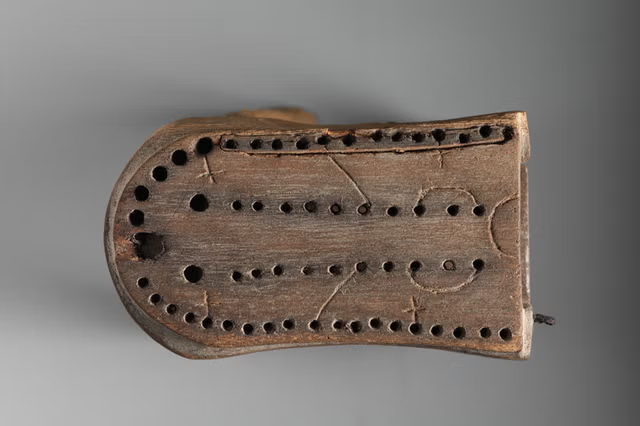Your support helps us to tell the story
Support NowAs your White House correspondent, I ask the tough questions and seek the answers that matter.
Your support enables me to be in the room, pressing for transparency and accountability. Without your contributions, we wouldn't have the resources to challenge those in power.
Your donation makes it possible for us to keep doing this important work, keeping you informed every step of the way to the November election

Andrew Feinberg
White House Correspondent
Australia’s Indigenous rangers have helped discover a previously unknown population of the night parrot – one of the rarest birds in the continent thought to have been extinct for over a century.
A small population of the elusive yellowish-green parrots was only found in 2013, and until now only tens of the bird species were thought to exist.
However, a new study, published in the journal CSIRO Wildlife Research, revealed that as many as 50 critically endangered night parrots could be living in the Ngururrpa Indigenous Protected Area (IPA) in western Australia’s far east.
This could make it the largest known population of the extremely rare bird in the world.
“The endangered night parrot (Pezoporus occidentalis) is one of the rarest birds in Australia, with fewer than 20 known to occur in Queensland and, prior to 2020, only occasional detections from a handful of sites in Western Australia,” scientists wrote.
In the study, researchers used a type of acoustic recorder called a songmeter and found evidence of night parrots at 17 of the 31 sites they checked on the Ngururrpa IPA.
Overall, they identified ten roosting areas.

The “highly secretive” species is predominantly terrestrial, mostly nocturnal, and takes to the air only when panicked or in search of water, according to researchers.
Based on the survey, scientists say there could be “at least 50 night parrots” on the Ngururrpa IPA, making it the largest known population of the highly elusive species in the world.
Satelite images suggest that a key threat to the birds’ habitat is fire which occurs in the surrounding sandplain country every 6 or 10 years.
“The surrounding landscapes differ in their vegetation types and inherent flammability, indicating that fire is likely to be a more significant threat to night parrots,” researchers wrote.

Scientists also used camera traps to survey predators and collected predator scats to analyse their diets.
While feral cats in the region could be a threat to the night parrots, scientists say dingo wild dogs which eat the cats in this area, could be helping the birds survive.
The study highlights the need for any predator control methods in the area to avoid harming the dingoes.
“We recommend management that focuses on strategic burning to reduce fuel loads in the surrounding landscape, and limiting predator control to methods that do not harm dingoes,” researchers said.
Disclaimer: The copyright of this article belongs to the original author. Reposting this article is solely for the purpose of information dissemination and does not constitute any investment advice. If there is any infringement, please contact us immediately. We will make corrections or deletions as necessary. Thank you.



